The String of Tears plant is a unique and beautiful succulent that has been gaining in popularity for its ease of care. The String of Tears plant is a beautiful and unique succulent that is easy to care for. With proper care, it will thrive and provide you with years of enjoyment. This article will answer some common questions about this amazing vine, including how to propagate it, as well as what kind of environment or light level they need, so their roots can develop properly before being removed from storage cases when grown indoors, etc.
Senecio Herreianus: origins
The String of Tears plant is native to South Africa, where it grows in rocky, mountainous regions. Due to its natural habitat, it is used to growing in dry, hot conditions and can tolerate drought very well [1]. However, it will not tolerate being waterlogged, so it is essential to make sure to plant it in a well-draining pot or planter.
The leaves can grow to be about an inch long. The plant’s stems are thin and delicate, so they require some support when grown indoors.It was first introduced to Europe in the early 1800s by Scottish botanist and explorer, Francis Masson, and has been grown there since. The String of Tears is a member of the daisy family, and its scientific name is Senecio Herreianus, which means “of Hermann”, in honor of explorer Adolar Gottlieb Julios Herre [2].
String of Tears (Senecio Herreianus) basic plant care
Sun Exposure & Light Requirements
If you are growing the String of Tears plant indoors, make sure to place it in a spot where it will get plenty of light. South- or west-facing windows are ideal. The plant prefers bright, indirect light. It can withstand moderate direct sunlight, but too direct sunlight will burn the leaves. If the leaves start to turn yellow or brown, that is a sign that the plant is getting too much sun. For Senecio Herreianus to stay healthy and grow faster, give it at least four hours of light every day. 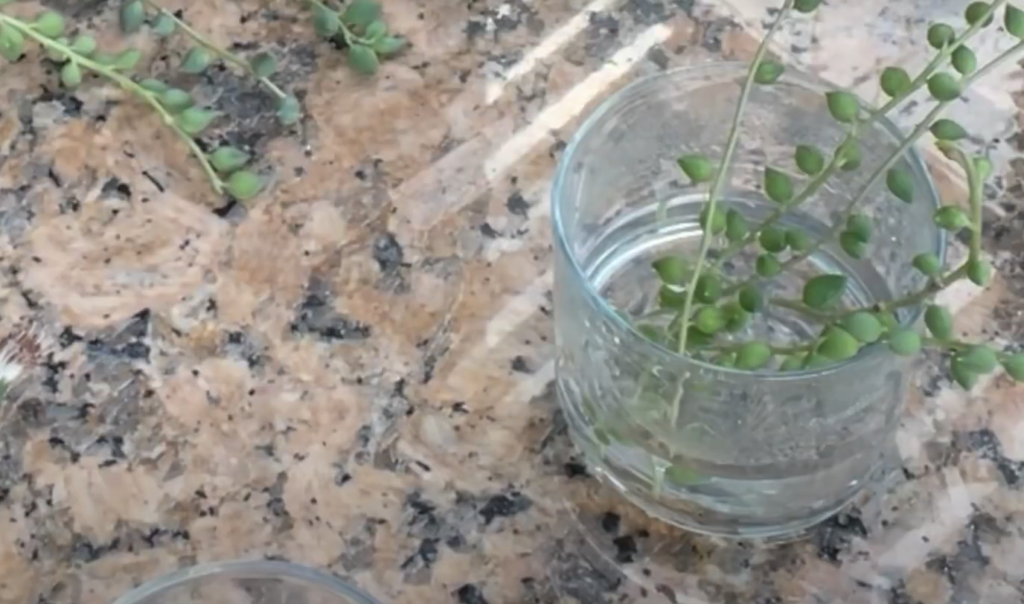 If you are growing the plant outdoors, place it in a spot where it will get partial sun or filtered light. Morning sun is best, as the intense afternoon sun can scorch the leaves.
If you are growing the plant outdoors, place it in a spot where it will get partial sun or filtered light. Morning sun is best, as the intense afternoon sun can scorch the leaves.
Watering Requirements
The String of Tears plant is succulent, which means that it has thick, fleshy leaves that store water. The plant is drought-tolerant and may survive without water for extended periods of time. However, it does need some water. The best way to water a String of Tears plant is to let the soil dry out completely between waterings. When watering, give the plant enough water so that it can soak up the water through its roots. Do not water the leaves, as this can cause them to rot.
Soil Requirements
Soil requirements of Senecio Herreianus are not very demanding. A well-draining potting mix is ideal. You can make your own by mixing equal parts of perlite, sand, and potting soil. You can use Cacti or Succulent potting mix. It must be planted in a location with adequate drainage for its roots to never sit in water!
Temperature and Humidity
String of Tears plants are not frost resistant and should be maintained at or above freezing temperatures. They prefer warm temperatures with low humidity, so if the air becomes too dry it will cause leaves to shrivel up in a matter of weeks! Make sure you keep this plant away from drafts as well; otherwise, your stringy friends might just wilt away before their time [3].
Fertilizing
To keep your succulent happy and healthy, give it just enough fertilizer to make its leaves grow. Do not overdo it with the feedings – too much can burn roots! A balanced (20-20-20) water-soluble fertilizer is often a choice. The amount of fertilizer you use will be determined by the size of your plant. A general rule of thumb is to apply one-quarter to one-half the recommended amount on the package for each watering. During the growth season, fertilize your String of Tears every two to four weeks, and every six to eight weeks during the winter [4].
Potting and Repotting
The String of Tears plant can be kept in the same pot for several years. The plant must be repotted when the roots start to protrude from the drainage holes. When it does need to be repotted, do so in the spring. Choose a pot that is just a tad bigger than the existing one. Make careful to choose a potting mix that drains effectively.
Pruning
You can prune the String of Tears plant if you want, but it’s not necessary.
You’ll also have to trim away some stems because they might be getting too long for your space, which is why this task should happen periodically rather than daily or weekly so as not to burden yourself with additional work.Pests and Diseases
The String of Tears plant is not susceptible to many pests or diseases, but mealybugs can be a problem. These are small, white insects that suck the sap from the leaves of the plant. If you see them on your plant, you can remove them with a cotton swab dipped in rubbing alcohol. Another thing to watch out for is rot, which can be caused by too much water or too little light. If the leaves start to turn yellow or brown and fall off, that is a sign of rot. If you see these signs, stop watering the plant and move it to a brighter location.
Toxicity and Invasiveness
The String of Tears plant is not toxic to humans or animals. It is also not considered to be an invasive species. However, if eaten, the Spring of Tears plant will cause stomach upsets. If you have pets or children, it is best to keep them away from this plant.
Plant care for String of Tears (Senecio Herreianus) in the winter
The primary issue with caring for Senecio Herreianus in the winter is the chance of the plant freezing and dying. If you are growing your String of Tears indoors, make sure to keep it in a spot where it will not be exposed to drafts or sudden temperature changes.
Outdoors, make sure to protect the plant from frost by covering it with a cloth or placing it in a sheltered spot [5].Watering requirements for String of Tears plants do not change much in the wintertime. The plant still needs to be allowed to dry out completely between waterings, and you should only water it when the soil is dry to the touch. The plant may need to be watered less often in the winter because it will be growing slower.
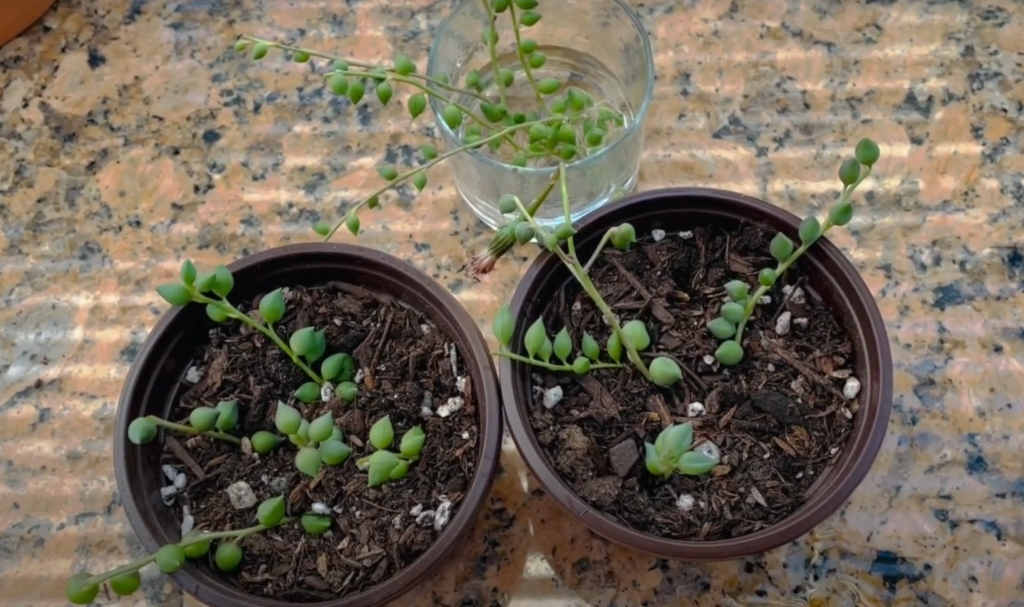
Pruning is not necessary for String of Tears plants in the wintertime, but you can trim off any dead leaves. Fertilizing should be done sparingly in the winter, about once every six to eight weeks. You can use a half-strength water-soluble fertilizer[6].
As far as pests and diseases go, mealybugs can still be a problem in the wintertime.
String of Tears: How to Propagate It
Stem Cutting
Stem cutting is the simplest technique to propagate the String of Tears plant. Cut a piece of stem that is about six inches long and has at least two leaves. Allow a few days for the cuttings to callus before potting them in well-drained soil. Be sure to keep the cuttings out of direct sunlight until they have rooted. Once your plant has rooted, you can water it and start to care for it as you would a mature plant. Be sure to give it plenty of light and allow the soil to dry out completely between waterings. If you live in an area with cold winters, you should bring your plant indoors to protect it from the cold.
Leaf Cuttings
To propagate the String of Tears by leaf-cutting cut a piece from its parent plant, allow it to callous for at least three days so that there is enough time before potting up.
Suggested String of Tears Uses
The stunning, long-growing Senecio Herreianus is an exceptional houseplant or garden feature. The plant may be placed within your house, but it will also thrive outside on your patio if you’re searching for something low-maintenance! 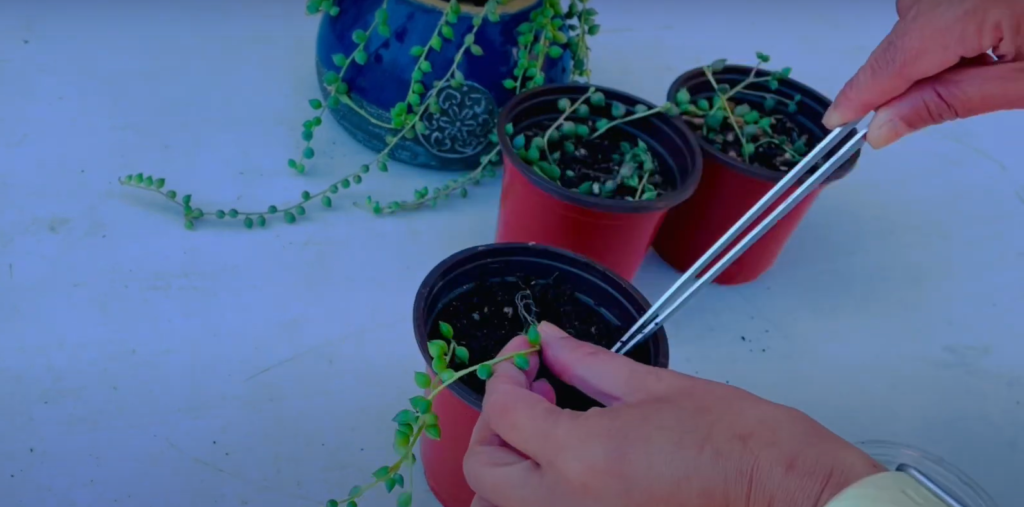 It’s a perfect terrarium plant too – just make sure to bring them inside during winter months since they are not frost-hardy like other types of succulents. Another use of Senecio Herreianus is as a hanging plant. The long, cascading stems of the plant make it ideal for hanging baskets.
It’s a perfect terrarium plant too – just make sure to bring them inside during winter months since they are not frost-hardy like other types of succulents. Another use of Senecio Herreianus is as a hanging plant. The long, cascading stems of the plant make it ideal for hanging baskets.
Related plants
Snake Ragwort
The String of Tears is related to Snake Ragwort (Senecio angulatus), which is a succulent that is native to South Africa. Snake Ragwort has blue-green leaves that are shaped like triangles. The plant grows in rosettes and can reach up to two feet in height. Snake Ragwort is not as widely available as String of Tears, but it can be found in some nurseries.
Big Blue Chalksticks
The String of Tears plants is also related to Blue Chalksticks (Senecio serpens). Senecio serpens comes from South Africa, and it has powdery blue leaves that are shaped like cylinders. The plant got its name because the leaves look like sticks of chalk. However, the leaves of Blue Chalksticks are soft and fleshy. The plant can grow to be two feet tall, and it is often used as a ground cover.
String of Bananas
String of Bananas, which is also known as Senecio radicans, is a succulent that is native to South Africa. The plant has long, slender leaves that are shaped like bananas. The leaves are green, and they have yellow stripes running down the center. 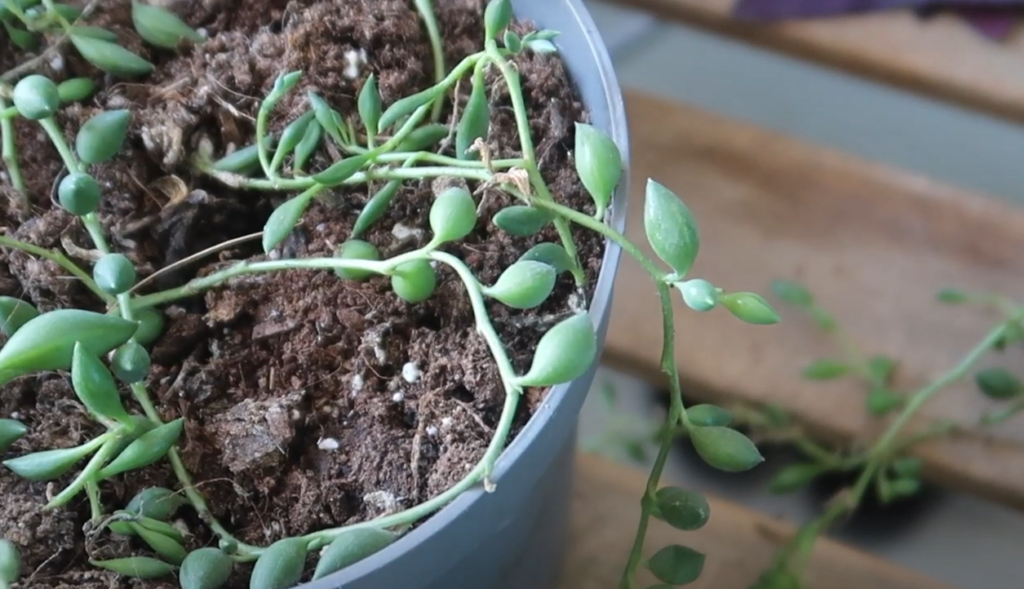 A string of Bananas can reach up to three feet in length, and it is often used as a hanging plant.
A string of Bananas can reach up to three feet in length, and it is often used as a hanging plant.
FAQ
How do you propagate a string of teardrops?
The easiest way to propagate the String of Tears plant is by stem cutting. Cut a piece of stem that is about six inches long and has at least two leaves. Allow a few days for the cuttings to callus before potting them in well-drained soil. Be sure to keep the cuttings out of direct sunlight until they have rooted. Once your plant has rooted, you can water it and start to care for it as you would a mature plant. Give it lots of sunshine and let the soil dry fully between watering.
How do you root a String of Tears?
A way for rooting a String of Tears is also by stem cutting.
How do you replant a String of Tears?
If you need to replant your String of Tears, the best time to do so is in the spring. Use a potting mix that drains effectively and a container with drainage holes.
Why is my String of Tears dying?
The most common reason for a String of Tears plant to die is not receiving enough light. The bright, indirect sunshine that it needs can be hard to find in areas with heavy shade or indoors where there isn’t any windowsill space available! Be sure you have plenty of ventilated areas on your window – otherwise, the roots will stay wet longer than they should, which could lead to rot caused by a fungus infection. If these yellowing leaves start appearing after watering often, this might also mean too much watering; allow soil surface tension alone first before giving attention again [7].
Is it better to propagate a String of Tears in water or soil?
You can propagate the String of Tears plant in either water or soil. However, it is easier to do it in soil because you don’t have to worry about changing the water regularly. If you are propagating the plant in water, you will need to change the water every week. To do this, simply remove the cutting from the water and place it in a pot with well-draining soil. Allow the cutting to callous for a few days before watering it.
Useful Video: How to Propagate String of Tears,SenecioHerreianus with Update after 8 weeks
Last word
The String of Tears plant is an easy plant to care for and is a great choice for beginners. The plant is also very versatile and can be used as a ground cover, hanging plant, or even a potted plant. With its unique appearance and low maintenance requirements, the String of Tears plant is sure to add interest to any indoor or outdoor space. Now that you know more about this plant, be sure to add it to your list of must-haves! Thanks for reading and happy gardening!
References:
- https://plantcaretoday.com/senecio-herreianus.html
- https://www.giromagicactusandsucculents.com/senecio-herreianus/
- https://gardenswhisper.com/string-of-tears-senecio-herreianus-care/
- https://www.thespruce.com/grow-string-of-pearls-succulents-1902522
- https://insearchofyummyness.com/how-to-protect-plants-from-frost/
- https://plantscraze.com/string-of-tears-vs-string-of-pearls/
- https://succulentsaddiction.com/how-do-you-take-care-of-a-string-of-tears-33aec93e/



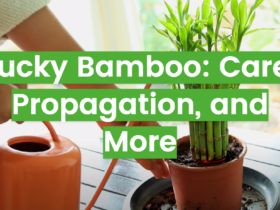
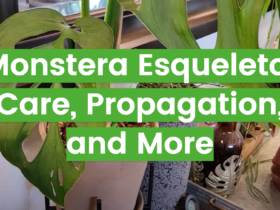
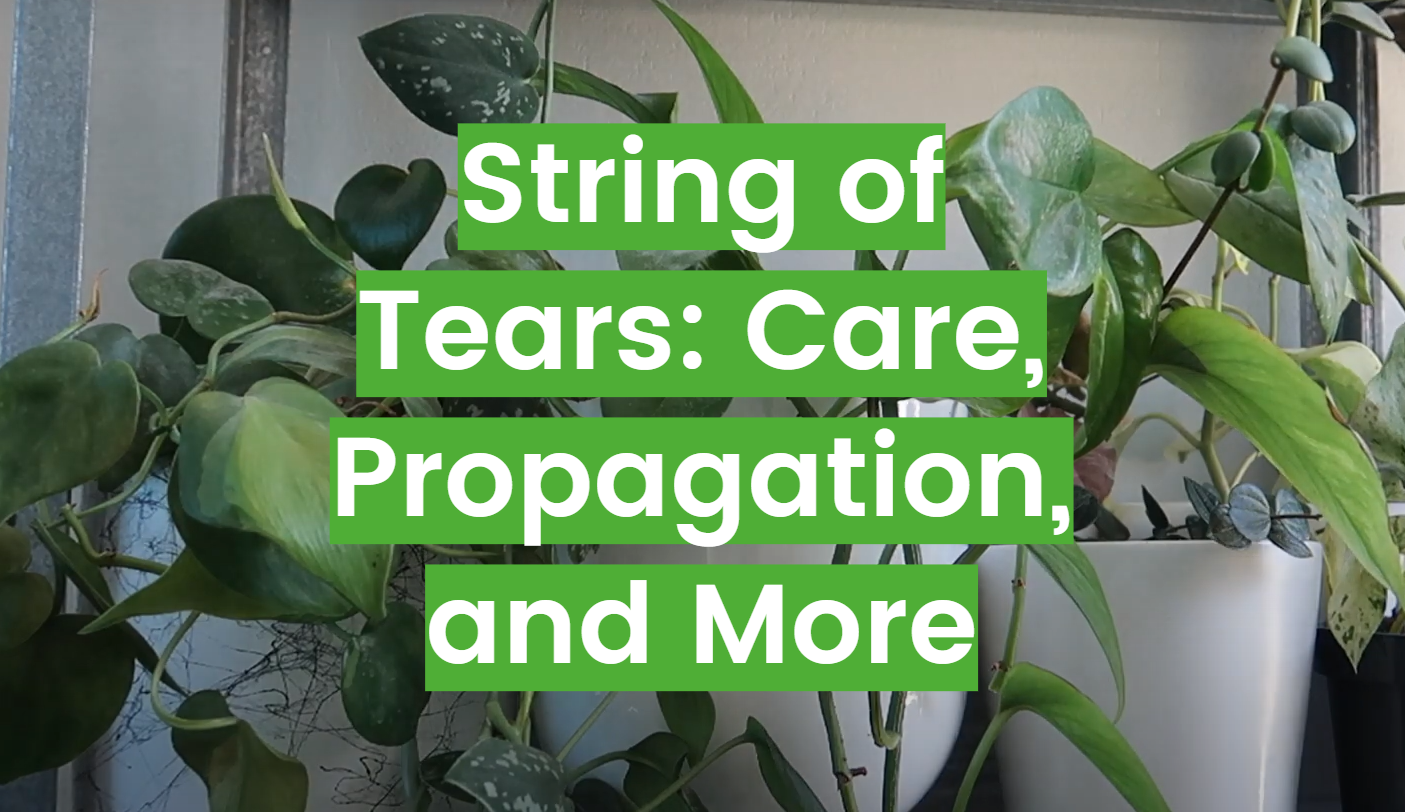
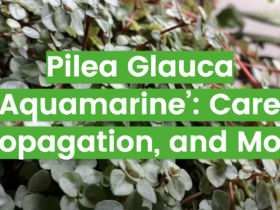


Leave a Review